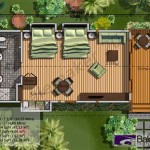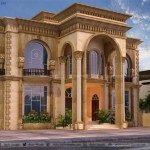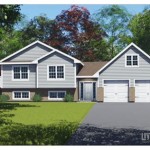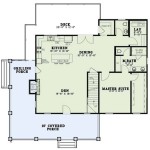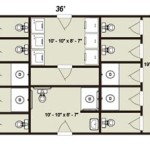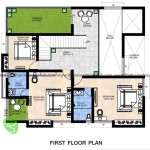Country Style Home Plans With Porches
Country style homes evoke a sense of warmth, comfort, and connection to nature. A key feature contributing to this charm is the porch, a transitional space blurring the lines between indoors and outdoors. Porches extend living areas, providing spaces for relaxation, entertainment, and enjoyment of the surrounding landscape. This article explores the various aspects of country style home plans that incorporate porches, covering design elements, material choices, and considerations for optimizing functionality and aesthetics.
The architectural style of a country home lays the foundation for the porch design. Farmhouse style, for example, often features large, wraparound porches with simple, sturdy columns and railings. Cottage style homes might incorporate smaller, more intimate porches with decorative trim and gingerbread details. Southern country homes often showcase grand, two-story porches with columns that extend to the roofline, offering shade and expansive views.
The size and placement of a porch significantly impact its functionality and the overall aesthetic of the home. A front porch provides a welcoming entry point and a place to greet guests. Side porches offer privacy and a connection to the side yard, while back porches create a secluded outdoor living area ideal for relaxation and family gatherings. Wraparound porches combine the benefits of all three, offering multiple access points and versatile usage.
Choosing appropriate materials is crucial for achieving the desired aesthetic and ensuring durability. Wood is a popular choice for porch flooring, offering natural warmth and beauty. Pressure-treated lumber, cedar, and redwood are common options due to their resistance to rot and insect damage. Composite decking materials provide low-maintenance alternatives to wood, offering durability and a variety of color options.
Columns play a vital structural and decorative role in porch design. Traditional country porches often feature turned wood columns, while more modern interpretations might utilize tapered or square columns. The size and spacing of columns should be carefully considered to ensure adequate support and visual balance. Materials such as brick, stone, or composite materials can also be used for columns to create different aesthetic effects.
Railings contribute to both safety and visual appeal. Traditional country porches often feature simple wooden railings with balusters. More elaborate designs might incorporate decorative patterns or latticework. Metal railings offer a more contemporary look and can be combined with wood elements for a mixed-material aesthetic. Building codes typically dictate minimum railing heights for safety.
Roofing materials for porches should complement the main house while providing adequate protection from the elements. Extending the roofline of the main house over the porch creates a seamless transition and provides effective shelter. Metal roofing offers durability and a classic country look. Shingles can also be used to match the main roof, creating a cohesive appearance.
Incorporating details that enhance comfort and functionality can elevate the porch experience. Ceiling fans provide cooling breezes during warm weather, while outdoor lighting extends usability into the evening hours. Comfortable seating, such as rocking chairs, swings, or outdoor sofas, creates an inviting atmosphere. Adding features like built-in planters or outdoor fireplaces can further enhance the aesthetic and functional value of the porch.
Careful planning and design are essential for seamlessly integrating a porch into the overall architecture of the home. The porch should complement the style and scale of the house, creating a harmonious and balanced appearance. Consider the surrounding landscape and views when designing the porch to maximize the connection with the natural environment.
Orientation plays a significant role in the comfort and usability of a porch. Southern-facing porches receive ample sunlight throughout the day, while western-facing porches offer stunning sunset views but may be exposed to intense afternoon heat. Consider the local climate and sun exposure when determining the best orientation for the porch.
Local building codes and regulations should be consulted throughout the planning and construction process. These codes often dictate specific requirements for porch construction, including structural elements, railing heights, and setback distances. Obtaining necessary permits ensures compliance with regulations and avoids potential issues down the line.
The design of a country style home with a porch involves a careful consideration of various elements, from architectural style and materials to functionality and local regulations. A well-designed porch enhances the curb appeal of the home, extends living space, and provides a welcoming transition between indoors and outdoors, reflecting the essence of country living.

Beautiful Small Country House Plans With Porches Houseplans Blog Com

Plan 80833 Country Style House With Wraparound Porch 2428

2 Story House Plan With Covered Front Porch

Beautiful Small Country House Plans With Porches Houseplans Blog Com

Country House Plans Home Style Thd

4 Bedroom Country Farmhouse Plan With 3 Car Garage 2180 Sq Ft

Beautiful Small Country House Plans With Porches Houseplans Blog Com

Farmhouse Style With 3 Bed 2 Bath Country House Plans

Cottage House Plan With Porches By Max Fulbright Designs
:max_bytes(150000):strip_icc()/SL-2063_grace-park-cottage-bdb8065f18cd4396a175c11232b1c2c4.jpg?strip=all)
30 Pretty House Plans With Porches

